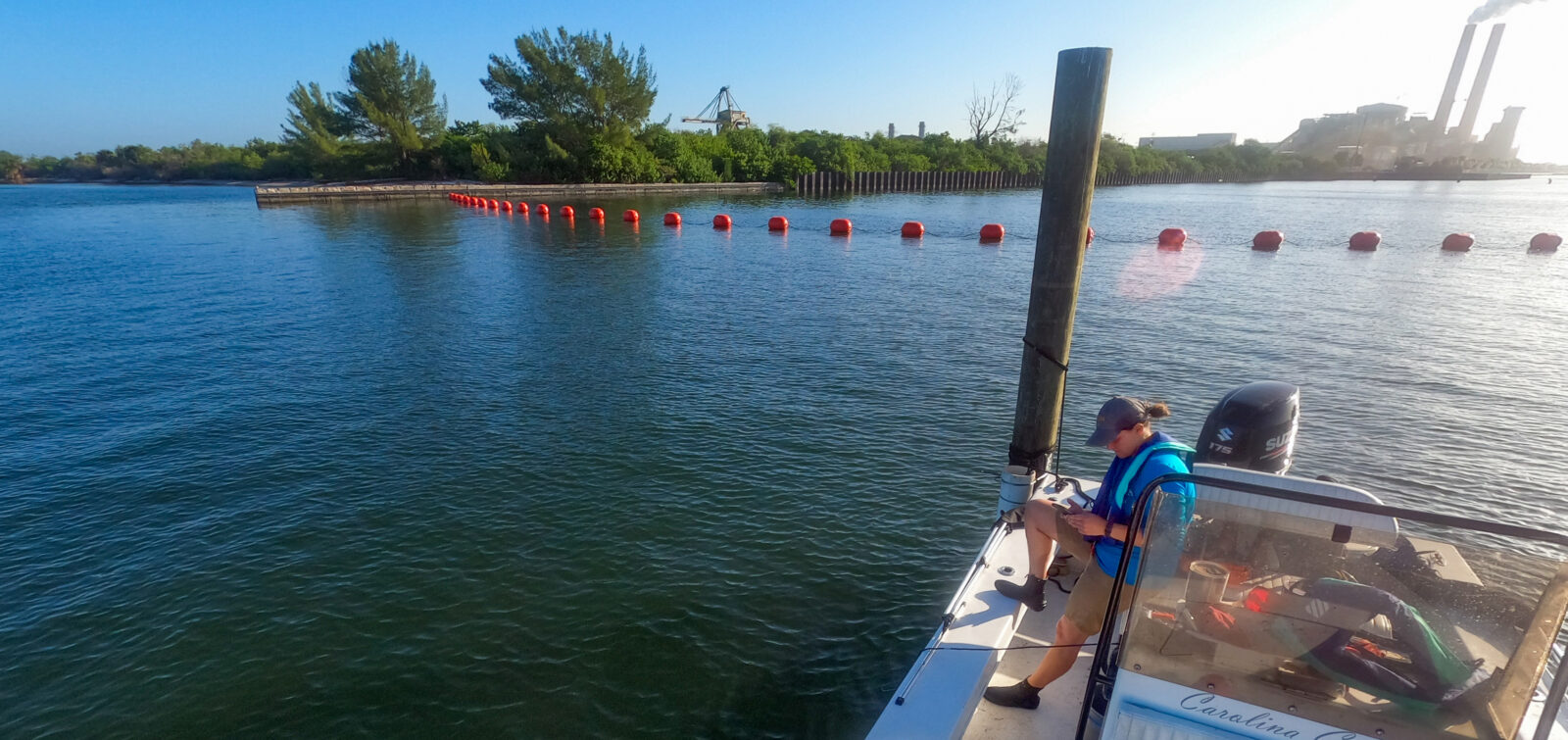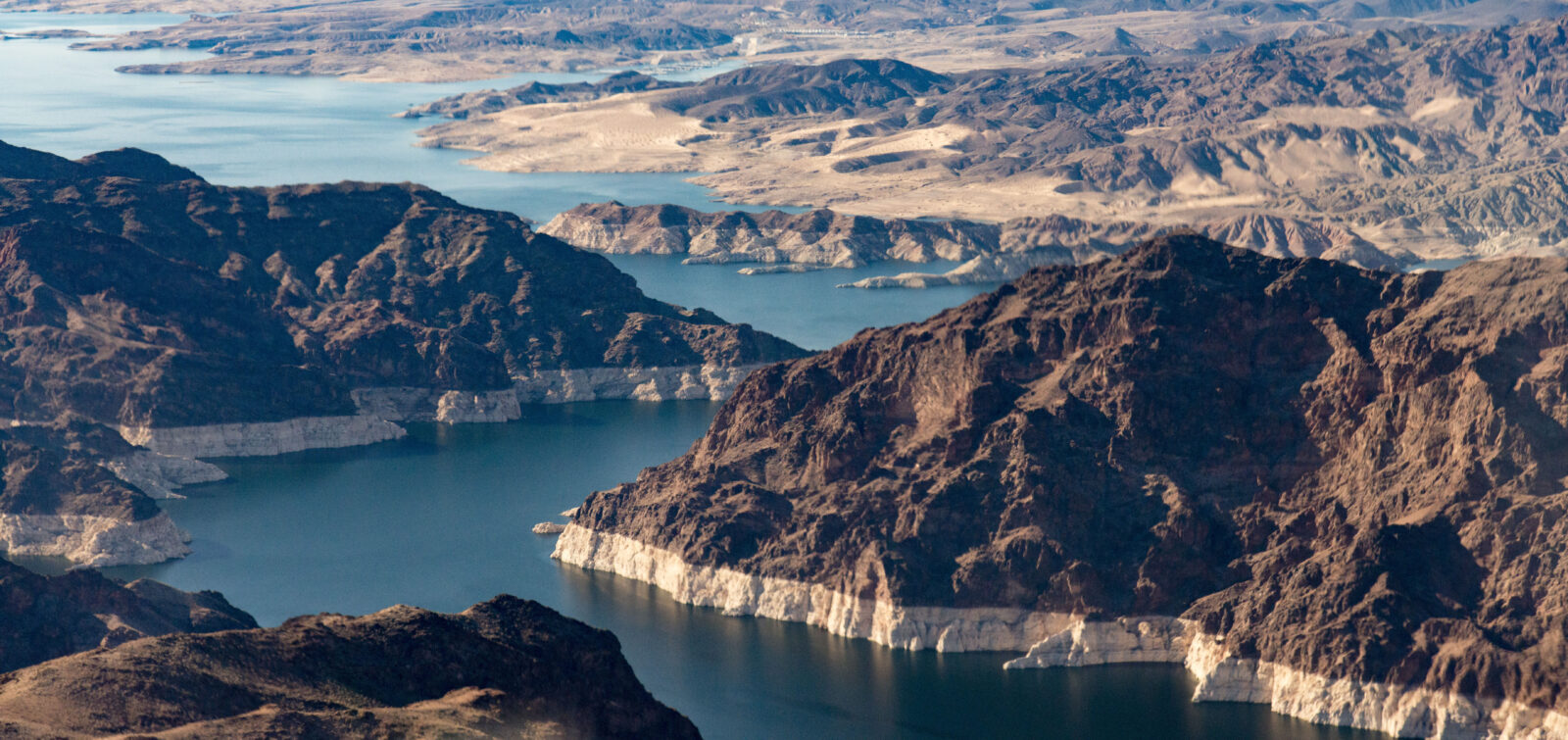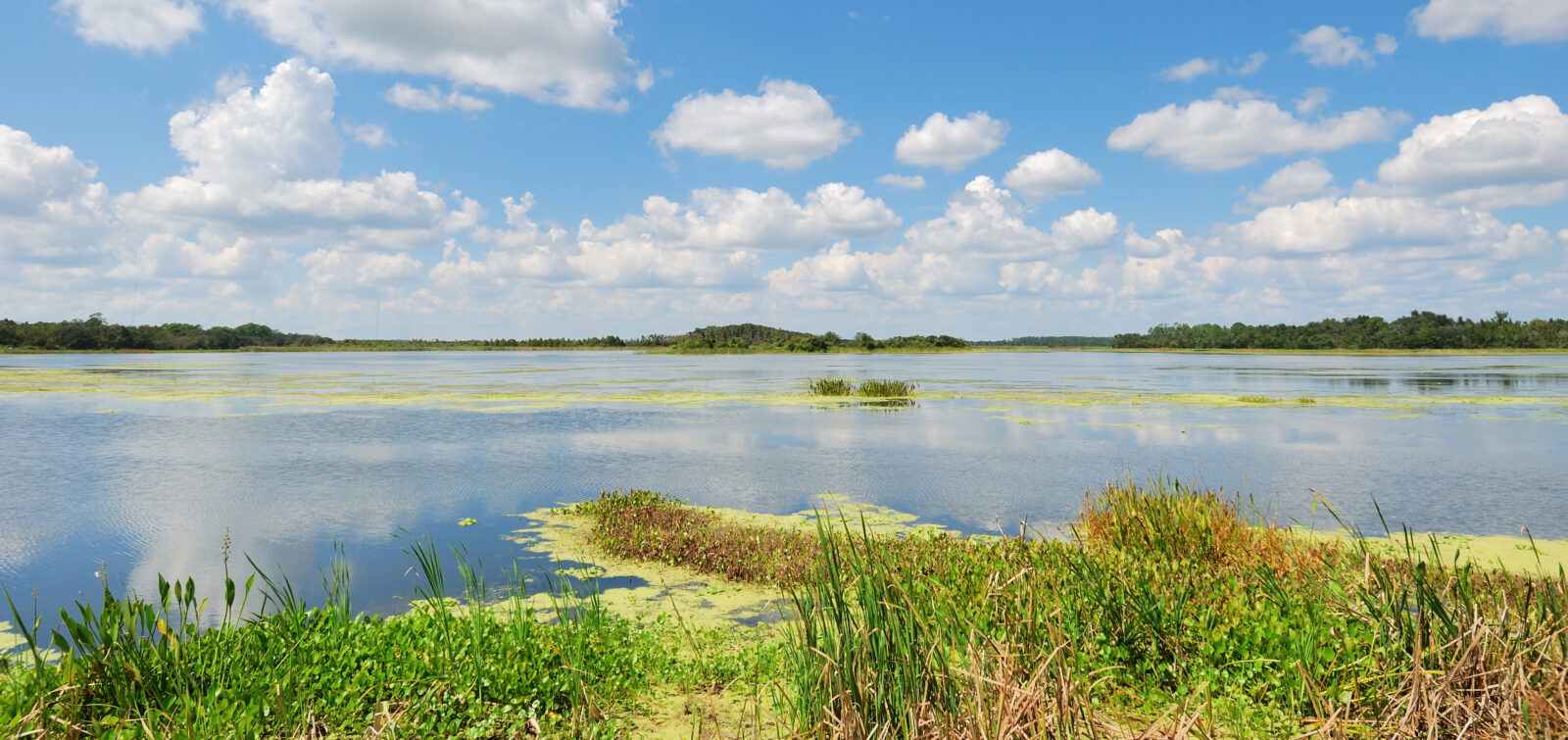According to the United States Geological Survey (USGS), the average person uses 80 to 100 gallons of water per day1. In response, Governor Brown issued Executive Order B‐37‐16 “Making Water Conservation a California Way of Life.” Consequently, water use numbers are about to trend downward.
Beginning in 2020, the indoor water use standard will be 55 gallons per capita per day (gpcd) until January 2025, with a further reduction to 50 gpcd in January 2030. In June 2022, the State Water Resources Control Board (SWRCB) will adopt a water use standard for outdoors based on land cover (landscaping), climate, and other factors (open space, irrigated or not) as determined by the California Department of Water Resources (DWR) and SWRCB.
With an ever-increasing population in California, ongoing environmental concerns about increasing our water supply, and large-scale agriculture production continuing to climb ($20.5 billion of exports alone, according to the California Department of Food and Agriculture), there is continual stress on this valuable and variable resource.
The state legislature has stepped in with new CEQA and environmental planning requirements to ensure water use efficiencies. This has been happening since the early 2000s, when Senate Bill (SB) 610 and SB 221 were approved, establishing sensible links between land use projects and water supply. SB 610, also known as the “show me the water” technical report, requires a project-level water supply assessment (WSA). SB 221 requires a water supply verification (WSV), which is essentially a letter of assurance (for water) from the water purveyor. A WSV is prepared to support approval of a tentative map2 and relies on the WSA as supporting documentation.
What does this mean to your project?
With the most recent CEQA updates that went into effect in 2019―the most comprehensive overhaul of the CEQA Guidelines in decades―water supply resiliency formally entered the Utilities section of CEQA Appendix G thresholds of significance for land use change/development projects. Now an Environmental Impact Report must translate the results and conclusions of the WSA and then carefully articulate these conclusions in a logical manner. The EIR must answer the thresholds of significance question: Is there sufficient supply available to serve the project and reasonably foreseeable future development during normal, dry, and multiple dry years?
Because approval for land use and development projects can take a long time, it’s possible that your project is just now having to comply with these changes for the first time. As you read this, are you currently working on a project that requires a WSA? If not, maybe your project would benefit from a similar assessment to facilitate an easy translation to the CEQA document.
If you need help scoping a WSA or preparing a legally defensible Utilities section with sufficient analysis of water supply and demand, reach out to Dave Beauchamp, ESA’s Senior Project Manager in Northern California.
1. This varies due to several different factors (e.g., spatial and temporal conditions, location, domestic activities, cooking/cleaning, personal hygiene behaviors).
2. The approval of a tentative map, according to the California Department of Real Estate, “is a significant milestone in the development process, and is a point at which much uncertainty regarding the project has been removed.”








